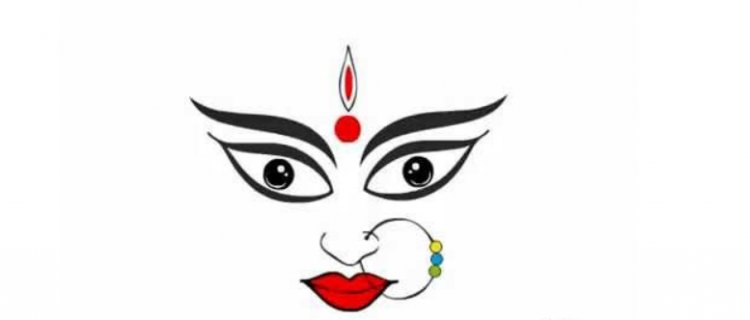Navratri: The Significance

Navratri, (Sanskrit: “nine nights”)in full Sharad Navratri; Navratri also spelled Navaratri; also called Durga Puja, in Hinduism, major festival held in honour of the divine feminine. Navratri occurs over 9 days during the month of Ashvin, or Ashvina (in the Gregorian calendar, usually September–October). It often ends with the Dussehra (also called Vijayadashami) celebration on the 10th day. In some parts of India, Dussehra is considered a focal point of the festival, making it effectively span 10 days instead of 9.
There are four similar festivals, also called Navratri, which are held at various stages of the year; however, the early autumn festival, also called Sharad Navratri, is the most significant.
Like any other Hindu festival, Navratri has a spiritual message for its observers. This nine-day festival celebrates the triumph of good over evil and exhorts mankind to wake up from the slumber of ignorance, remove all negativities, purify the mind and cultivate positive virtues.
The festival of Navratri begins on the first day of Ashwin of the bright fortnight. On the first three nights Durga is invoked for her strength and ferocity which are required to cut out from the mind it's strong rooted, deep-seated negative tendencies. Noble virtues and the knowledge of self can only be gained when all evil tendencies in the mind are destroyed. The killing of Mahishashura (Mahisha demon) by Durga Devi actually symbolizes the destruction of the evil tendencies of the mind. To destroy our innate evil tendencies is very difficult. The buffalo stands for the malefic qualities in everyone of us. It reminds us that despite having a lot of energy and potential inside us, we prefer to do nothing for our spiritual emancipation. Just like the buffalo that likes to lie in pools of water, we too like to rest and spend our time and energy in worthless pastimes. Our worship of Goddess Durga during the first three nights of Navaratri is actually our invocation to the Divine Power within us to assist us in destroying our animalistic tendencies.
On the next three nights, Goddess Laxmi is worshipped. For the knowledge of self-realization to dawn on us, we have to first prepare our minds. Our worship of Goddess Lakshmi is actually our attempt to seek the blessings of the divine being to help us in obtaining the purification of mind. Goddess Lakshmi represents wealth that we assume to be only material wealth. But material wealth is needed only in this world and without self discipline, respect, sincerity, kindness and love, wealth can make our life miserable.
The final three nights are spent in the invocation of Goddess Saraswati. Victory over the mind can be gained only through the proper knowledge and thorough understanding; Goddess Saraswati symbolizes this highest knowledge of the Self. Lord Krishna himself says in the Bhagavad Gita:
"The knowledge of the Self is the knowledge"; and He adds, "It is My vibhuti, My glory."
If we do not have the knowledge of the Self, then our knowledge of all other subjects has no real worth. The knowledge of the Self that is represented by Goddess Saraswati. During Navratri, the Rasa (dance of joy) of Shree Krishna and the Gopis is also enacted. This dance symbolizes the dance of Realisation which represents the joy and happiness of the mind.
The Ninth day of Navaratri is celebrated as Ayudha pooja which has a special significance. It is held to be the time when the Pandava brothers retrieved their weapons that they had stashed in a Shami tree during the last year of their 13 year exile.
Navratri is celebrated differently in India’s various regions. Dances performed include Garba, especially in Gujarat. Typically the festival’s nine nights are dedicated to different aspects of the divine feminine principle, or shakti. Among some followers of the goddess Durga, who are particularly predominant in Bengal and Assam, the festival is known as or coincides with the Durga Puja (“Rite of Durga”). In some parts of India, Dussehra is associated with the victory of the god Rama over the demon-king Ravana. In North India the Ram Lila (“Play of Rama”) is the highlight of the festival. On successive nights different episodes of the epic poem the Ramayana are dramatized by young actors elaborately costumed and masked; the pageant is always climaxed by the burning of huge effigies of the demons.
The festival concludes in Dusshera or Vijayadashami. According to popular belief, Dussehra celebrates the victory of Goddess Durga over the wicked demon Mahishasura. Dussehra is considered an auspicious time to begin educational or artistic pursuits, especially for children.
We wish you a soulful and worriless Happy Navratri!















































